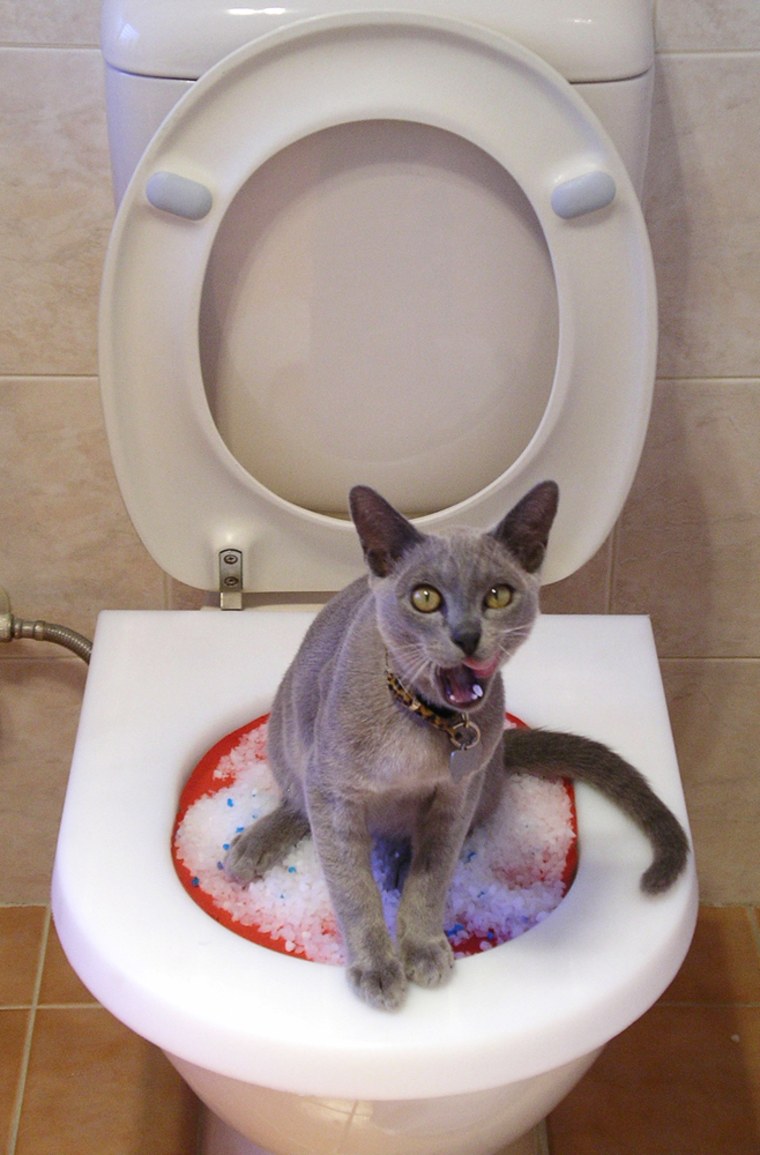The Risks of Flushing Cat Poop in Your Toilet - Preventive Measures
The Risks of Flushing Cat Poop in Your Toilet - Preventive Measures
Blog Article
Were you searching for info Can You Flush Cat Poop Down The Toilet??

Introduction
As feline proprietors, it's vital to be mindful of just how we take care of our feline friends' waste. While it may seem convenient to flush cat poop down the toilet, this practice can have detrimental consequences for both the setting and human health.
Alternatives to Flushing
The good news is, there are more secure and a lot more accountable methods to deal with cat poop. Take into consideration the adhering to options:
1. Scoop and Dispose in Trash
The most usual approach of throwing away pet cat poop is to scoop it right into a biodegradable bag and toss it in the trash. Be sure to use a specialized clutter scoop and take care of the waste immediately.
2. Usage Biodegradable Litter
Choose biodegradable pet cat litter made from products such as corn or wheat. These clutters are environmentally friendly and can be securely gotten rid of in the garbage.
3. Hide in the Yard
If you have a yard, think about hiding pet cat waste in a marked location far from vegetable gardens and water sources. Be sure to dig deep sufficient to avoid contamination of groundwater.
4. Set Up a Pet Waste Disposal System
Purchase a family pet garbage disposal system especially made for pet cat waste. These systems use enzymes to break down the waste, reducing smell and ecological influence.
Health and wellness Risks
In addition to environmental concerns, flushing cat waste can likewise posture health dangers to people. Pet cat feces might include Toxoplasma gondii, a parasite that can create toxoplasmosis-- a potentially extreme health problem, especially for expecting women and people with damaged immune systems.
Ecological Impact
Purging feline poop presents damaging virus and parasites right into the supply of water, posing a substantial risk to aquatic ecological communities. These impurities can negatively affect aquatic life and compromise water top quality.
Final thought
Liable family pet ownership expands past giving food and shelter-- it additionally involves correct waste monitoring. By refraining from flushing pet cat poop down the toilet and selecting alternate disposal methods, we can minimize our environmental footprint and protect human health.
Why Can’t I Flush Cat Poop?
It Spreads a Parasite
Cats are frequently infected with a parasite called toxoplasma gondii. The parasite causes an infection called toxoplasmosis. It is usually harmless to cats. The parasite only uses cat poop as a host for its eggs. Otherwise, the cat’s immune system usually keeps the infection at low enough levels to maintain its own health. But it does not stop the develop of eggs. These eggs are tiny and surprisingly tough. They may survive for a year before they begin to grow. But that’s the problem.
Our wastewater system is not designed to deal with toxoplasmosis eggs. Instead, most eggs will flush from your toilet into sewers and wastewater management plants. After the sewage is treated for many other harmful things in it, it is typically released into local rivers, lakes, or oceans. Here, the toxoplasmosis eggs can find new hosts, including starfish, crabs, otters, and many other wildlife. For many, this is a significant risk to their health. Toxoplasmosis can also end up infecting water sources that are important for agriculture, which means our deer, pigs, and sheep can get infected too.
Is There Risk to Humans?
There can be a risk to human life from flushing cat poop down the toilet. If you do so, the parasites from your cat’s poop can end up in shellfish, game animals, or livestock. If this meat is then served raw or undercooked, the people who eat it can get sick.
In fact, according to the CDC, 40 million people in the United States are infected with toxoplasma gondii. They get it from exposure to infected seafood, or from some kind of cat poop contamination, like drinking from a stream that is contaminated or touching anything that has come into contact with cat poop. That includes just cleaning a cat litter box.
Most people who get infected with these parasites will not develop any symptoms. However, for pregnant women or for those with compromised immune systems, the parasite can cause severe health problems.
How to Handle Cat Poop
The best way to handle cat poop is actually to clean the box more often. The eggs that the parasite sheds will not become active until one to five days after the cat poops. That means that if you clean daily, you’re much less likely to come into direct contact with infectious eggs.
That said, always dispose of cat poop in the garbage and not down the toilet. Wash your hands before and after you clean the litter box, and bring the bag of poop right outside to your garbage bins.
https://trenchlesssolutionsusa.com/why-cant-i-flush-cat-poop/

We were shown that write-up about How to Dispose of Cat Poop and Litter Without Plastic Bags through an associate on another web address. Sharing is caring. Who knows, you may very well be doing someone a favor. I appreciate reading our article about Can You Flush Cat Poop Down The Toilet?.
Visit My Web Page Report this page